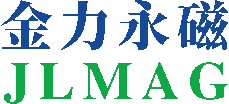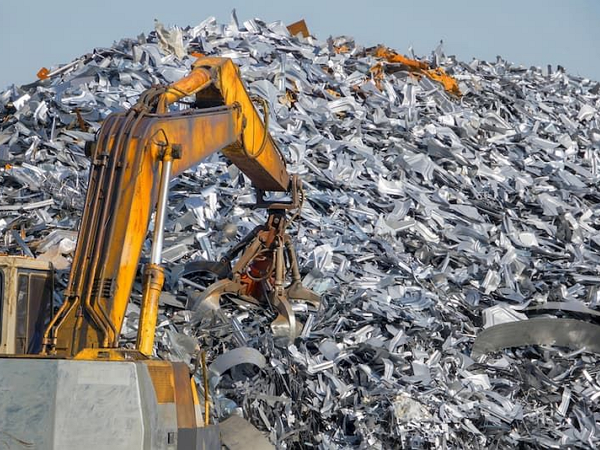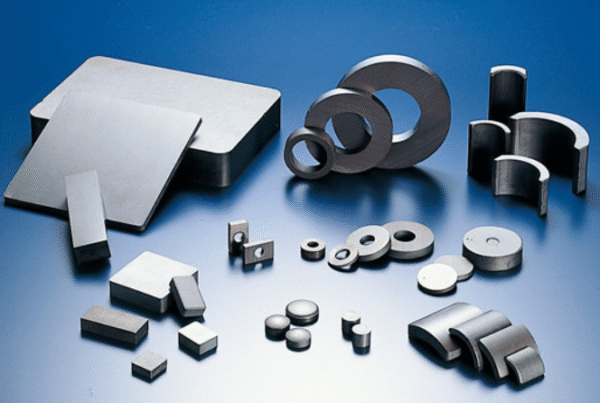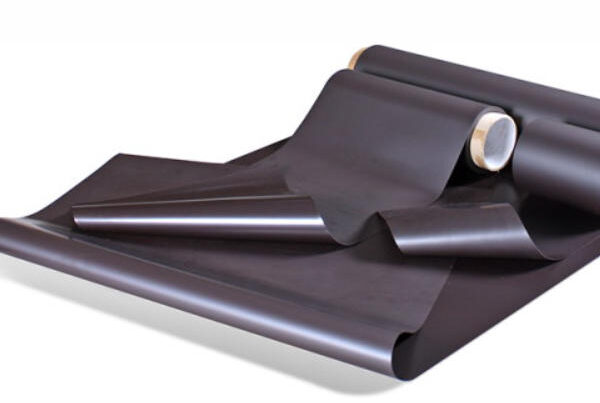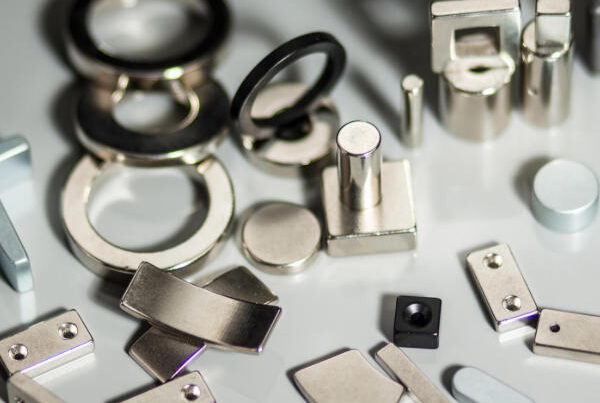永続的な磁石は、現代の産業および技術製品で重要な役割を果たしています. 風力タービンのかどうか, 電気自動車, 家電製品, またはスマートフォンやオーディオ機器などの家電, 永久磁石は広く使用されています. 特に, ネオジム鉄ホウ素に代表される希土類永久磁石材料は、強い磁力とサイズと軽量の強いため、主流の選択となっています.
しかし, アプリケーションエリアの拡張により, 廃棄された永久磁石の数は年々増加しています, 資源の廃棄物と環境への影響に関する懸念を引き起こします. 従来の原料採掘と加工と比較して, 廃棄物のリサイクルと再利用恒久的な磁石は、環境圧力を緩和し、リソースを節約する可能性のある方法と見なされます.
希土類資源は限られています, 採掘は環境コストをもたらします
ネオジムなどの希土類元素, ジスプロシウム, テルビウムは、高性能の永久磁石を製造するための重要な原材料です. これらの要素は持っていますが “地球” 彼らの名前で, 彼らはそうではありません “レア”. 本当の問題は、採掘および精製プロセスの複雑さと汚染リスクにあります.
マイニングレアアース鉱石は通常、標的金属を抽出するために大量の化学物質を必要とします, 水質汚染を引き起こす可能性のあるプロセス, 土壌の劣化と重金属残基. 適切に処理されていない場合, それは周囲の生態系と住民の健康にさえ影響するかもしれません.
したがって, 生の鉱石資源への依存を減らし、リサイクルと再利用を通じて希土類金属を取得することは、リソース戦略の策定において重要な方向になりました.
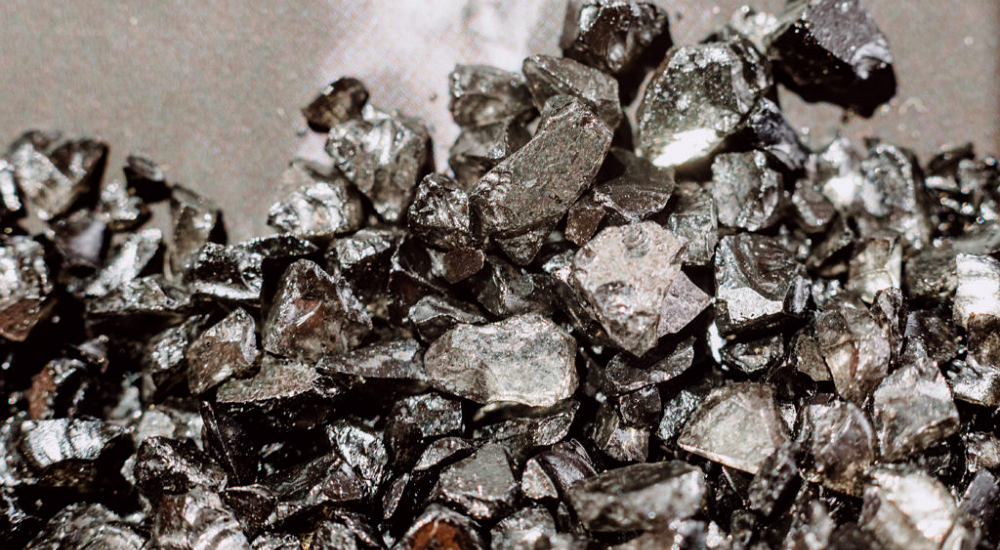
永久磁石のリサイクルは、リソースの圧力を緩和することが期待されています
鉱石から希土類金属を抽出することと比較して, 廃棄物から原材料を抽出する永久磁石は、消費するエネルギーを減らし、汚染を減らす可能性があります. 調査の推定によると, 廃棄物永久磁石からの希土類材料のリサイクルの炭素排出量とエネルギー消費は、元の製錬方法と比較して半分以上削減できます. もちろん, これらのデータは、プロセステクノロジーなどの多くの要因の影響を受けます, 回復率とリサイクルシステムの構築, しかし、全体的な傾向は、その環境の利点がより重要であることを示しています.
加えて, 永久磁石のリサイクルは、資源廃棄物の問題を軽減することもできます. サービス寿命の終わりに到達した多くの電子製品は、マグネットの性能を使用するという価値がまだあります. これらのコンポーネントが適切に分類されている場合, 分解して再利用されます, 材料のライフサイクルを延長するだけではありません, また、固形廃棄物の生成を減らすのにも役立ちます.
リサイクルは依然として技術的および経済的課題に直面しています
永続的なマグネットリサイクルには、理論的には環境とリソースの利点がありますが, それはまだ実際の操作でいくつかの困難に直面しています.
一方では, 製品の小型化の傾向により、恒久的な磁石がより小さく、より広く分布しています, それに応じて、分解の難しさが増加します; 一方で, 一部のリサイクルプロセスはまだ十分に成熟していません, そして、低いリサイクル率または二次汚染の問題があるかもしれません. 加えて, リサイクルコストと市場価格の矛盾は、その大規模な開発を制限する要因でもあります.
したがって, 恒久的なマグネットリサイクルを促進するには、技術的な革新だけではありません, また、完全なリサイクルシステムの構築もあります, リサイクルネットワークでの協力を含む, 分類基準, ポリシーサポート, 等.
リサイクルの未来に向けて
近年では, 多くの企業や科学研究機関は、恒久的な磁石のリサイクルでブレークスルーをしようとしています. 例えば, いくつかの熱剥離技術の適用, 水素粉砕方法とハイドロメタルのプロセスは、希土類金属のリサイクル効率を改善しています.
永久磁石のリサイクルは、従来の採掘を完全に置き換えることはまだ困難ですが, それは環境汚染を減らし、資源効率を改善する大きな可能性を示しています. 将来, テクノロジーの改善と産業チェーンコラボレーションの強化により, グリーン製造と低炭素開発におけるその役割は、さらに強化されると予想されます.
結論
持続可能な開発の概念がますます一般的になっているとき, 恒久的なマグネットリサイクルは、環境保護に対する肯定的な反応を反映しているだけではありません, しかし、効率的なリソース利用の重要な調査も表しています. リサイクルがリソース不足と環境圧力の唯一の解決策ではありませんが, それは間違いなくグリーン製造を促進する上で重要な部分です. 技術の継続的な最適化と産業チェーンの改善を通じて, 永久磁石のリサイクルは、資源の廃棄物と汚染の排出を削減する上でより積極的な役割を果たすことが期待されています.
高性能の希土類永久磁石材料の世界をリードするメーカーとして, JLMAGは常にグリーンサーキュラーの製造の促進に取り組んできました, 恒久的なマグネットリサイクルと再利用技術を積極的に展開します, そして、業界がより持続可能な未来に向かって動くのを支援する. 環境保護と革新におけるJLMAGの実践の詳細について, 当社のウェブサイトをご覧ください:https://jlmag-innovation.com/.
